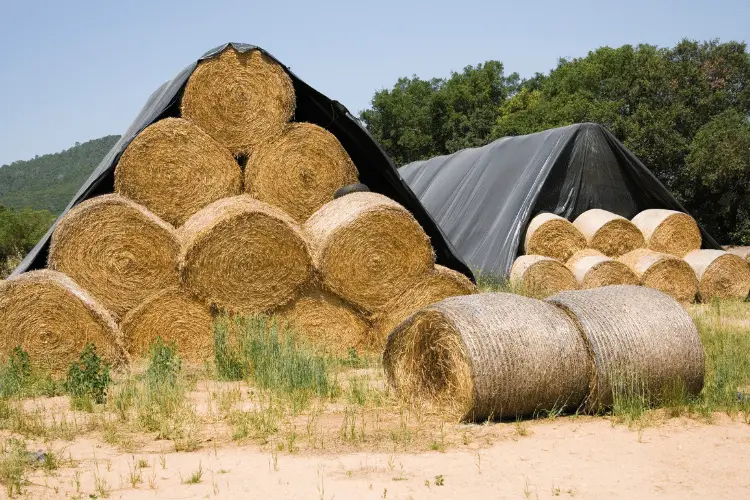luten is a protein in grains such as wheat, barley, and rye.
For individuals with celiac disease or gluten intolerance, consuming gluten can cause digestive issues and other health problems.
The topic of discussion is whether wheat straw plates are gluten-free and the importance of this information for individuals following a gluten-free diet.
What is Wheat Straw Plates
Wheat straw plates are tableware made from the by-product of wheat crops.

Wheat straw is the main material used in producing wheat straw plates, and they may also contain other materials, such as polypropylene.
Wheat straw plates are an eco-friendly alternative to traditional plastic or paper plates and are also durable and reusable.
Gluten in Plates
Gluten can be present in plates due to cross-contamination during manufacturing or the use of gluten-containing ingredients to produce the plate materials.
For individuals with celiac disease or gluten intolerance, even trace amounts of gluten can cause adverse health effects, so it’s essential to know if there is any gluten present in the plates they use.
Consuming gluten can cause digestive issues, fatigue, skin rashes, and other health problems for individuals with celiac disease or gluten intolerance.
Gluten-Free Certifications
Gluten-free certifications are third-party certifications that verify that a product meets specific standards for gluten content.
Some of the most commonly recognized gluten-free certifications include the Gluten-Free Certification Organization (GFCO), Celiac Support Association (CSA), and National Foundation for Celiac Awareness (NFCA).
Gluten-free certifications provide a quick and reliable way for individuals to identify products that meet their dietary needs, giving them peace of mind when shopping for food and other products.
Are Wheat Straw Plates Gluten-Free
To determine if wheat straw plates are gluten-free, it’s necessary to analyze the materials used in their production and determine if any of them contain gluten.
Wheat straw plates can be compared to other types, such as plastic, paper, or ceramic plates, to see if they contain less gluten or are less likely to cause cross-contamination.
Factors that affect the gluten-free status of wheat straw plates include the manufacturing process, the type of wheat used, and any additional ingredients.
why is gluten bad for you
Gluten is a protein found in grains like wheat, barley, and rye; it can harm some people.
People with celiac disease or non-celiac gluten sensitivity can experience adverse reactions after consuming gluten, which can cause a range of symptoms, including:
- Abdominal pain and bloating
- Diarrhea or constipation
- Fatigue and brain fog
- Skin rashes
- Joint and muscle pain
In people with celiac disease, gluten triggers an immune response that damages the small intestine and interferes with the absorption of nutrients.
Non-celiac gluten sensitivity is when people experience symptoms after consuming gluten but don’t have celiac disease or a wheat allergy.
The exact cause of non-celiac gluten sensitivity is not yet known. Still, some research suggests that it may be related to an intolerance to certain carbohydrates in wheat, called FODMAPs.
It’s important to note that not everyone needs to avoid gluten. If you don’t have celiac disease or gluten sensitivity, there is no evidence that a gluten-free diet is healthier.
Before making any dietary changes, you should talk to your doctor or a registered dietitian.
Conclusion
The conclusion summarizes the findings from the analysis of wheat straw plates and whether they are gluten-free.
Recommendations for gluten-free consumers include checking the ingredients list and certifications of any product they use and contacting the manufacturer for more information.
The final thoughts on the importance of finding gluten-free products and the potential benefits of using wheat straw plates for individuals following a gluten-free diet.
